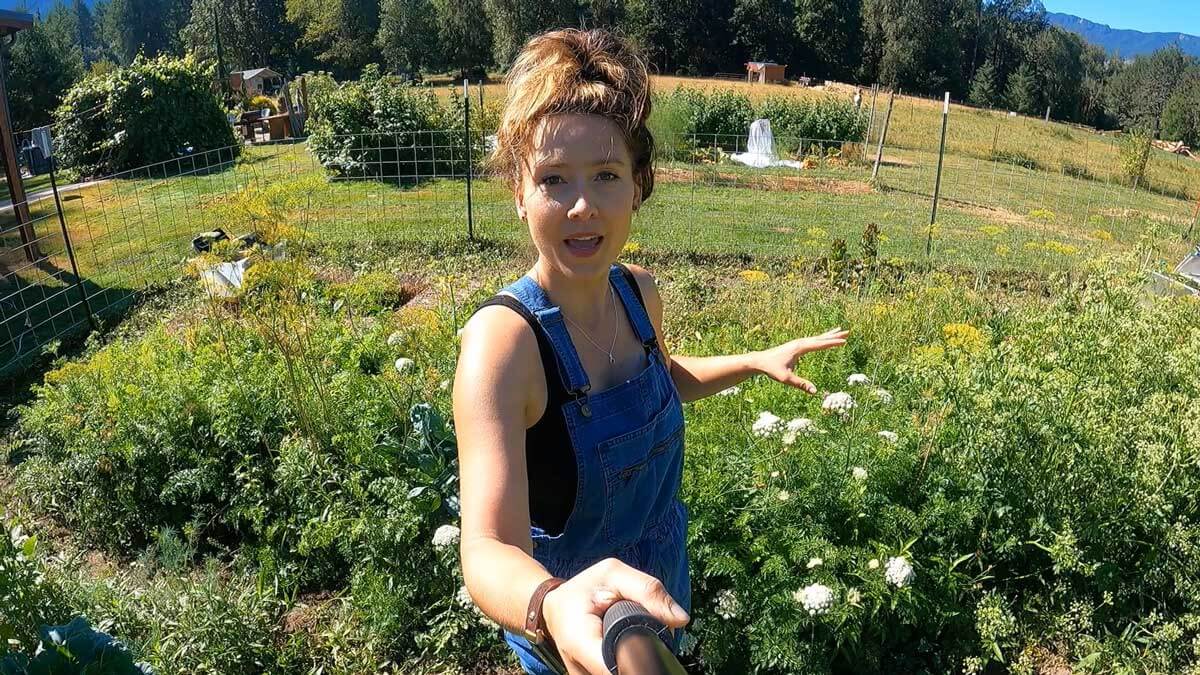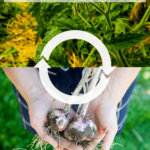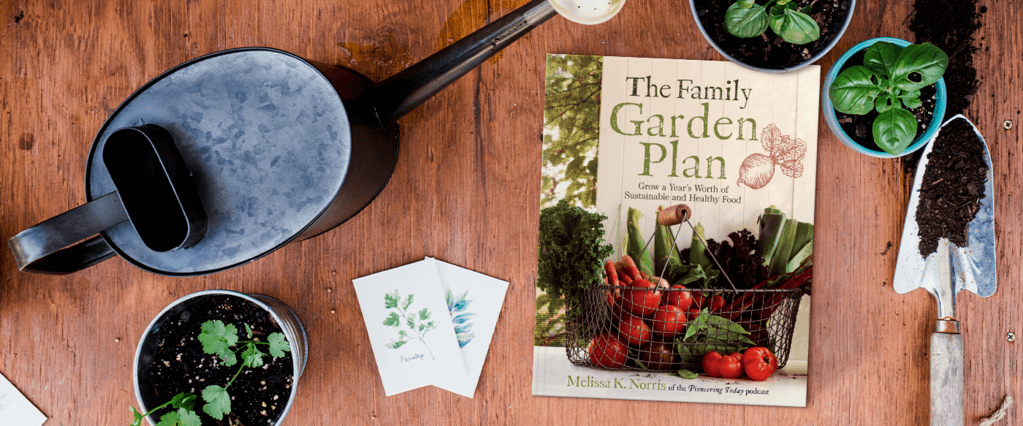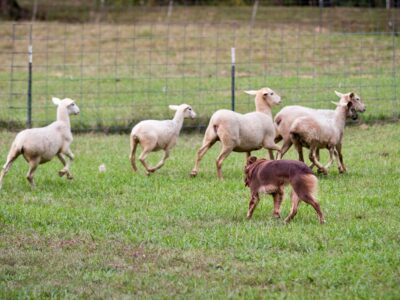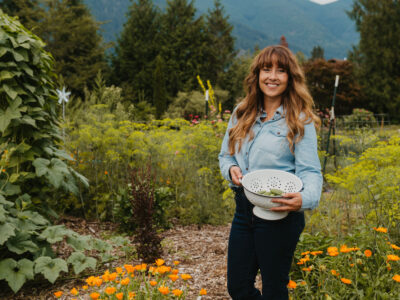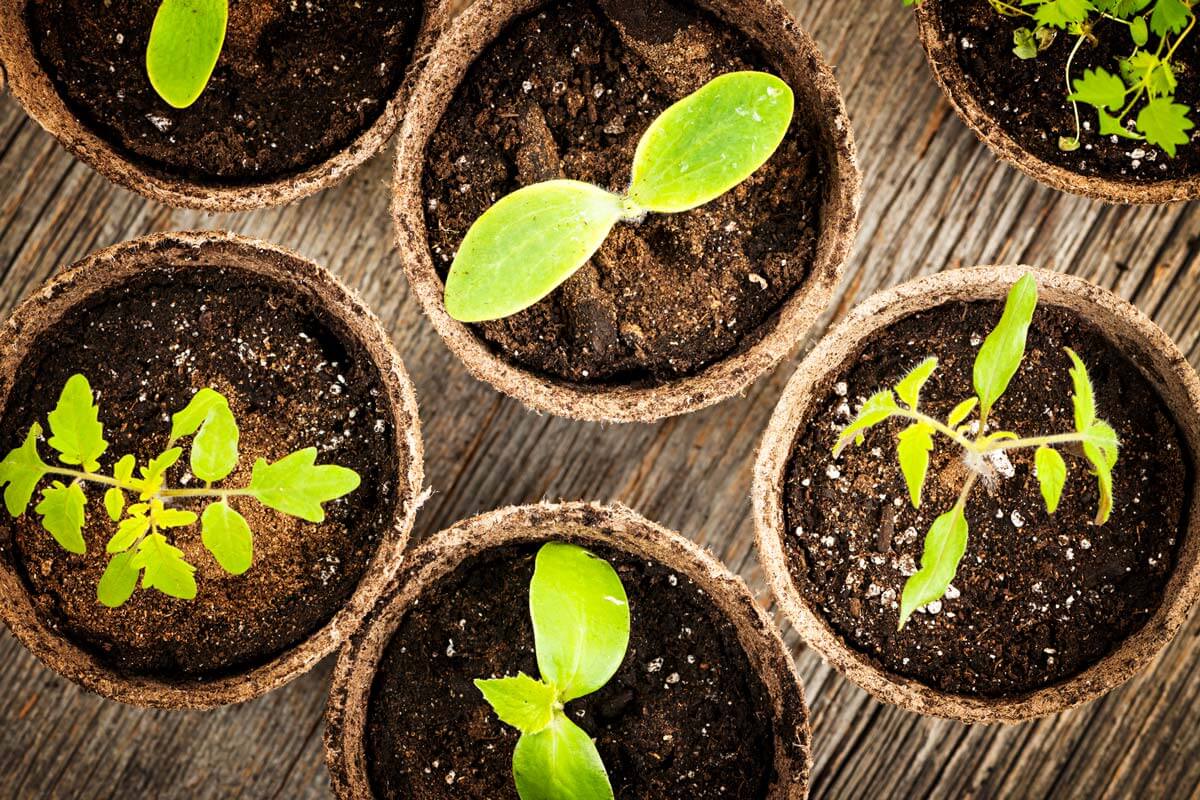Crop rotation in the garden based on plant families for an easy to create system for the home vegetable garden so you have healthier soil and less disease.
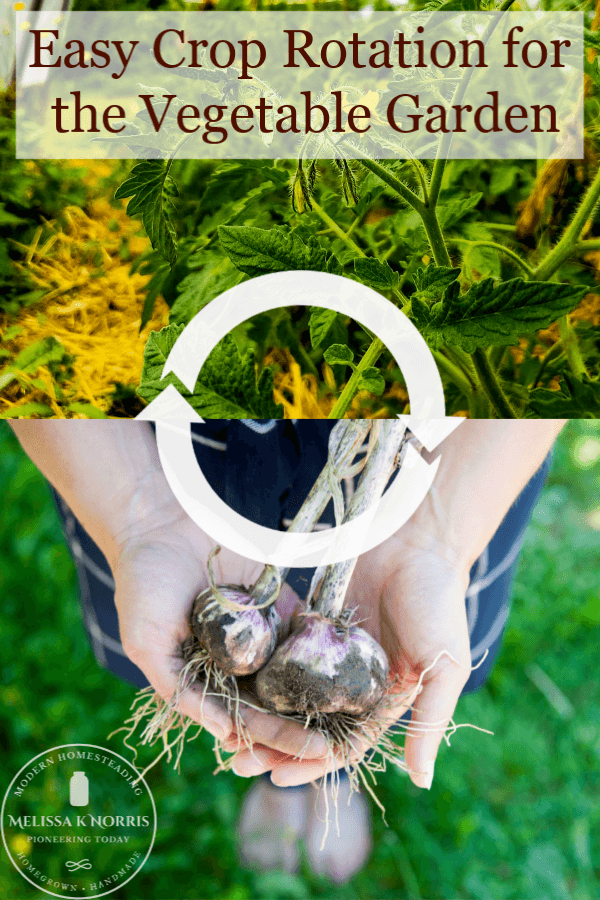
Today we are going to be diving into one of my favorite topics because it’s made a huge difference in my garden since I started doing it. But it also tends to be a topic that people have a lot of questions around and want to learn more about doing. And that my friend is the topic of using crop rotation in your backyard vegetable garden and including raised beds and container bed gardening as well as in-ground gardening.
A few weeks ago I was teaching an online webinar, (also known as a Master Class) and I was sharing my secrets of what really helped me increase my vegetable and fruit production without spending hours more or less time in the garden and without increasing my gardening space and one of the subjects we were talking about it because it was one of the topics that I get asked about frequently is crop rotation.
Listen in below to the full podcast, Episode #233 Crop Rotation Advantages In a Home Vegetable Garden of the Pioneering Today Podcast, where we don’t just inspire you, but give you the clear steps to create the homegrown garden, pantry, kitchen, and life you want for your family and homestead.
Crop rotation oftentimes feels intimidating or overwhelming to some people but its really easy to breakdown. My goal is to breakdown for you. Crop Rotation is simply rotating the type of crops by plant family to different areas of soil so you avoid depleting the soil of specific nutrients and also decreasing disease. When you do crop rotation properly, you improve but the health of the plants and the health of the soil. Soil health is important to everything in your garden.
Ideally, you don’t want to plant the same plant family or plant type in the same soil for at least three years or planting season. What I mean by that is if you are just planting one crop a year or an annual summer vegetable garden, which is what a lot of people do, then you would use this information on a yearly basis because that’s when you are planting. But, if you’re like me and you do seasonal succession garden planting (I’m planting crops in the early spring, I’m doing a regular summer vegetable garden, and I’m also doing fall and winter crops and I do it all in my same in-ground vegetable garden as well as some of my container plants. So this works no matter which way you are doing it. If you are doing it seasonally with different crops and/or if you are doing it yearly. But when you follow this order it helps the soil rebuild the nutrients specific plants used and it cuts back on the chance of disease. The reason this works is many plants are susceptible to the same pests and diseases and by rotating the crops you are reducing the risk of contamination.
Crop Rotation in the Garden Based on Plant Families
For crop rotation to work at its best, we are assuming that your soil is free of disease already and it already has a good base of all the major macro and micronutrients as well as pH levels. We are already assuming that it is at an ideal level.
The 4 Main Vegetable Families for Crop Rotation
1. Leaf
In this, we are including Brassicas: Things like cabbage, broccoli, kale, Brussels sprouts and what call cold crops. Other leafy crops like lettuce greens, spinach, and herbs. Even though these aren’t technically a leaf crop per se, corn, and potatoes (which are heavy nitrogen feeders) are included in the leaf classification. Our leaf classifications are the plants that are most heavy nitrogen dependent or heavy nitrogen feeders.
2. Fruit
Now, we’re not talking about berries or apple trees. When we are talking crop rotation with our annuals and perennials. Any plant where the blossom turns into the edible crop is what we consider a fruit. All plants require a certain level of nitrogen but not all of them require the same amount. The fruit classification doesn’t require as much nitrogen because too much nitrogen turns into too many leaves and green lushes growth instead of harvestable fruit and/or vegetable production.
Going back to the macro and micronutrients. We need a lesser level of nitrogen for fruit. This is why we have it follow the leaf classification when planting in the ground because they’ve taken the most nitrogen but they left some in the soil. This is why we’re following with a fruit so they don’t take in too much nitrogen.
Phosphorus
This is an important nutrient for your bud and root development but it’s not quite as important for root crops. So, we have the fruiting crops go before the root crops in this rotation. Also, because it helps each plant have the optimal level of micro and macronutrients that it needs to perform the best.
So in our fruiting class, you have vegetables like
- Cucumber
- Eggplants
- Melons
- Peppers
- Summer Squash
- Winter Squash
- Tomatoes
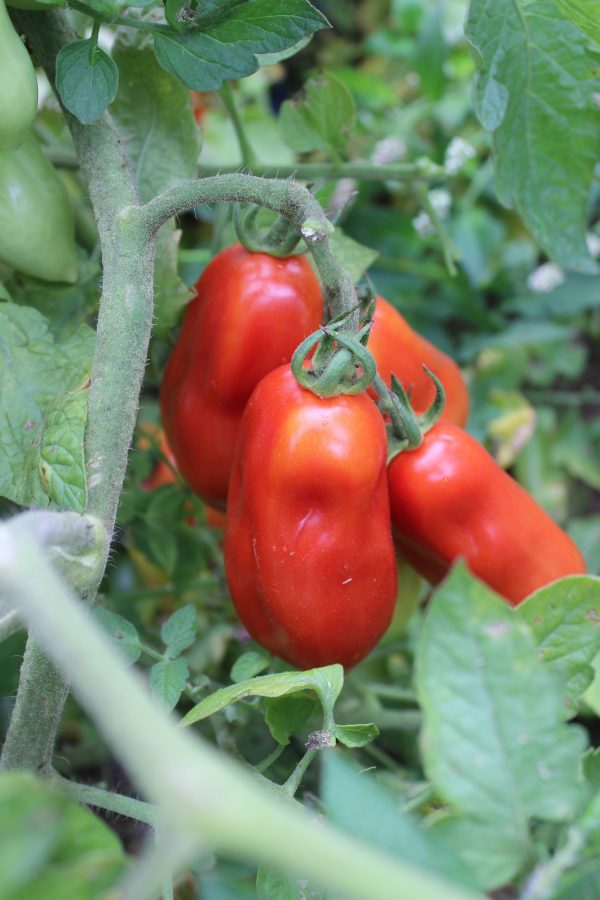
What to plant after tomatoes crop rotation wise, definitely NOT anything in the Solanaceae family (tomatoes, potatoes, and peppers). I like to follow tomatoes with garlic but any root crop other than a potato is fine.
3. Root
Roots follow the leaf and then the fruiting because they don’t require as much nitrogen or phosphorus but they are heavy feeders on potassium. Another reason we rotate our crops this way is potassium takes longer to be available in the soil for the root and plants to absorb it. This is why it is in the third position. Root vegetables are classified as if you dig up the plant and you eat the part that is in the ground.
Some examples of root crops are
- Beets
- Carrots
- Garlic
- Rutabaga
- Onion
- Radish
- Turnip
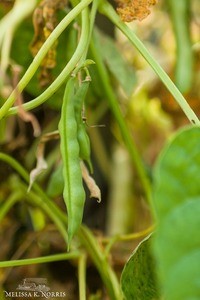
4. Legume
The reason we have these come in last is by this point the crops that you have done have most likely used all the nitrogen. Beans and peas help fix nitrogen back into the soil through their root system. If the rhizobium bacteria is present, located on the nodules on roots, then it releases it into the soil so it’s available for the other plants to use.
Through the crop rotation, we’ll still be adding in crop amendments over a 2-4 year period depending on what crops we put in during the different seasons. So, if you’ve not yet used crop rotation you definitely want to do this going forward in your growing seasons.
Important Crop Rotation Plan Notes
Within these plant families, we do have some crops that should never follow one another. My hard and fast rules are:
- For the Brassicas family, we want to make sure I have at least a couple of years between planting them in the same soil because they use so much nitrogen.
- Anything in the Solanaceae family (tomatoes, potatoes, and peppers) we want to make sure we have at least three years before these go in the same soil because they are susceptible to the same diseases. They can also pass diseases to one another.
- I never follow tomatoes with potatoes, peppers, or tomatoes again in the same soil if it’s out in the open. If you have a greenhouse like me this is where it would differentiate because the soil was virgin soil from any diseases this plant family is susceptible too.
Don’t forget that you have an idea of what to plant and where, but you also have real life, so just remember that you can use this information to best fit your homestead.
Resources from Episode #233
For my full crop rotation chart and instructions get a copy of The Family Garden.
Want my best resources and step-by-step instructions to growing your own food, preserving and cooking it, then get on the waitlist for the Pioneering Today Academy here for special sneak peeks and resources normally ONLY reserved for members.
Grow more in your garden this year with my new book The Family Garden Plan: Grow a Year's Worth of Sustainable and Healthy Food
Order the Family Garden Plan: Raise a Year's Worth of Sustainable and Healthy Food and all the bonuses to grow your food here . You'll learn cold frames and season extenders, composting, and so much more!
More Articles to Get Your Garden Off to a Good Start:
- Beginner Gardening Secrets You Need to Know
- 13 Basic Steps to Starting a Vegetable Garden
- 6 Natural Fertilizers to Improve Garden Soil
- How to Test Soil Ph & Amend Acidic or Alkaline Soil
- Best Way to Germinate Seeds – How to Germinate Seeds Faster
- What Are the Best Seed Starting Containers
- Potting Up Seedlings & How to Separate Seedlings
- Direct Sow Your Garden Seed
- Cut Back on Garden Diseases & Maximize Your Infrastructure Expansion
- New Gardening Techniques & Varieties to Grow in 2022
